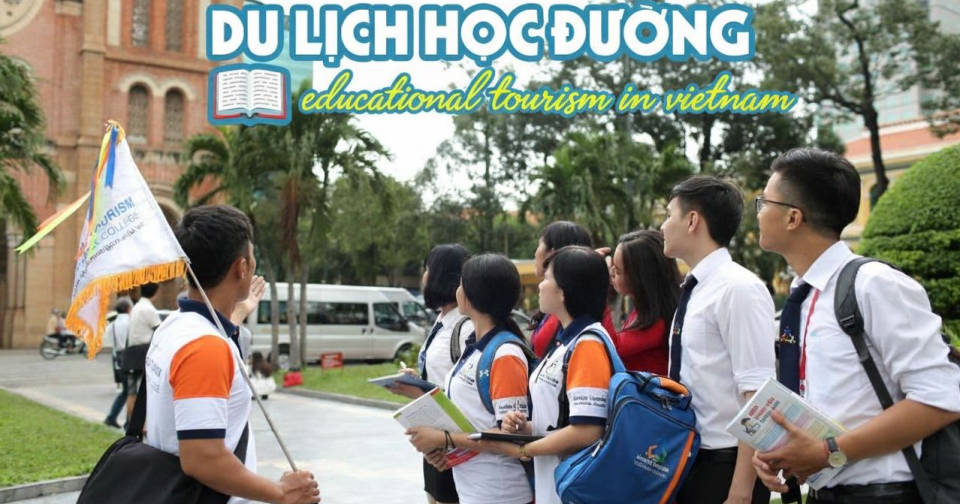In Vietnam's dynamic educational landscape, learning is no longer confined to textbooks. Educational tours have become a vital tool, masterfully blending travel with hands-on learning in a "play-to-learn" environment. These experiences are critical for equipping students with essential life skills and a genuine appreciation for their national identity. As this trend continues to grow in popularity among schools and families, this ultimate guide provides everything you need to know about one of the most valuable and comprehensive educational methods today.
1. Introducing current school travel trends
1.1 What is school tourism and what are its benefits?
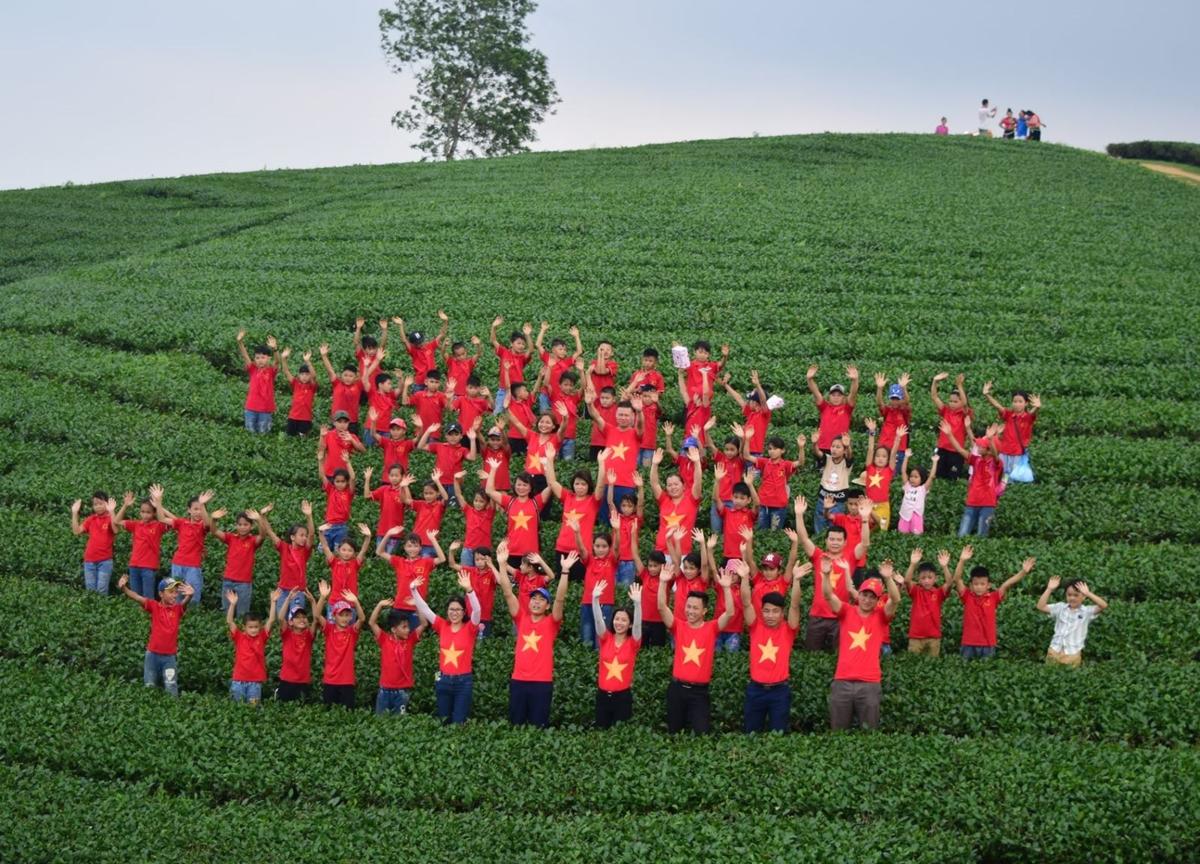
School trips are organized annually.
School tourism is a form of organizing field trips for students, built with the goal of combining learning and experience. School tourism programs are often coordinated by schools with professional tour organizers, choosing destinations suitable for teaching content and student age.
Unlike pure tourism, educational tourism focuses on knowledge, skills and life values. Each trip is an “open classroom” that helps students:
Access knowledge in a vivid way: Instead of just reading books about a relic, children can witness it with their own eyes, listen to the tour guide's explanation, and thus remember it longer.
Developing soft skills: Moving in groups, participating in collective activities, and being independent in a new environment helps children practice communication skills, time management, and problem solving.
Deeper understanding of culture and society: Travel is an opportunity for students to broaden their horizons, love nature, and appreciate history and national culture.
Therefore, many schools from elementary to high school now consider educational tourism in Vietnam as part of their comprehensive educational program, organized regularly every year.
1.2 The relationship between tourism and experiential education
Tourism and experiential education are two seemingly different fields, but in fact they are closely related. In the context of modern education, it is no longer just a one-way transmission of knowledge, but also a need to create conditions for students to "learn by doing" , school tourism is an effective tool to do that.
Studies show that students learn faster and remember longer when they have the opportunity to experience knowledge in real life. For example:
When studying history, instead of just learning about the resistance war against France through textbooks, students get to visit old battlefields, Con Dao prison, or historical museums.
In biology, planting plants and taking care of animals on the farm will help students better understand the biological-environmental chain.
Trips to learn about modern technology or visit factories help students have a clearer picture of future careers.
It can be said that educational tourism is the “bridge” between theoretical knowledge and practical life. It not only helps students learn better but also inspires learning , fosters a love of knowledge and a positive attitude towards society.
2. Popular Types of Educational Tourism in Vietnam Today
This is a familiar form of school tourism , especially for middle and high schools. Taking students to museums, traditional houses, and historical sites not only helps them “see with their own eyes and hear with their own ears” what they have learned, but also arouses patriotism and national pride.
In Ho Chi Minh City , there are many destinations with historical and cultural values suitable for educational tourism programs , typically:

Ho Chi Minh City Museum of History is located in District 1, within the Saigon Zoo and Botanical Gardens.
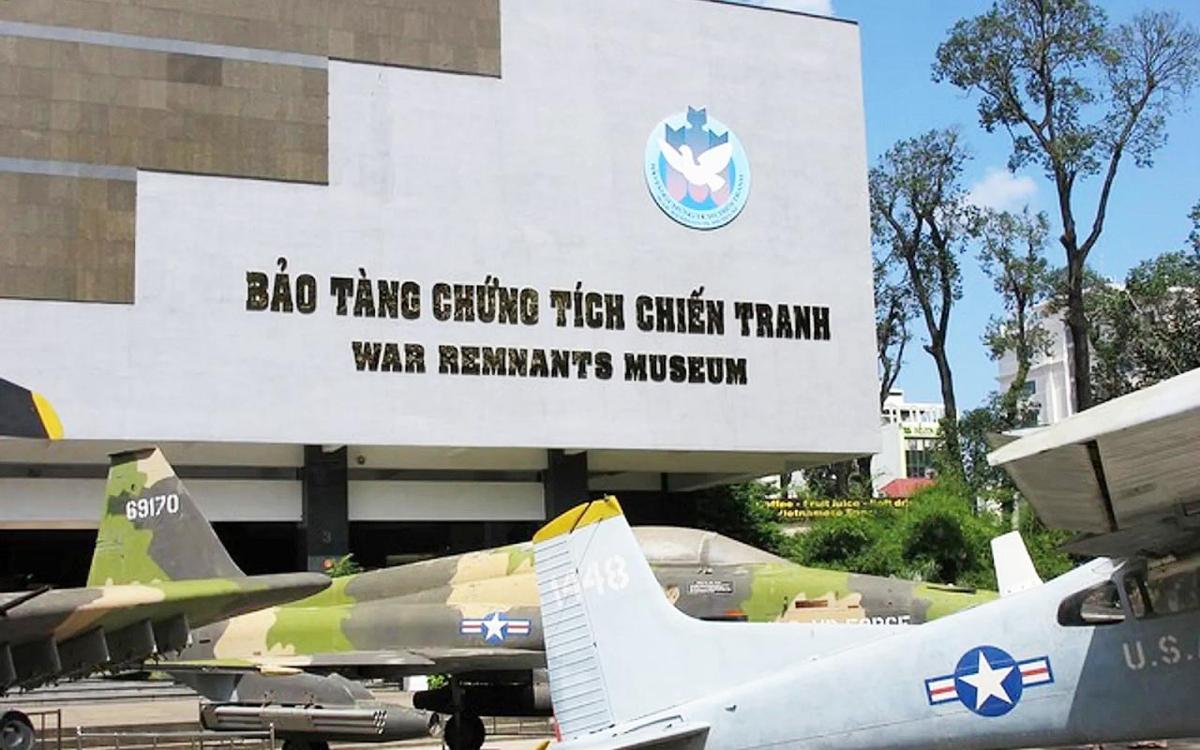
The War Remnants Museum is a peace museum in District 3.

Nha Rong Wharf is a historical witness, marking the first steps of President Ho Chi Minh in his journey to find a way to save the country.
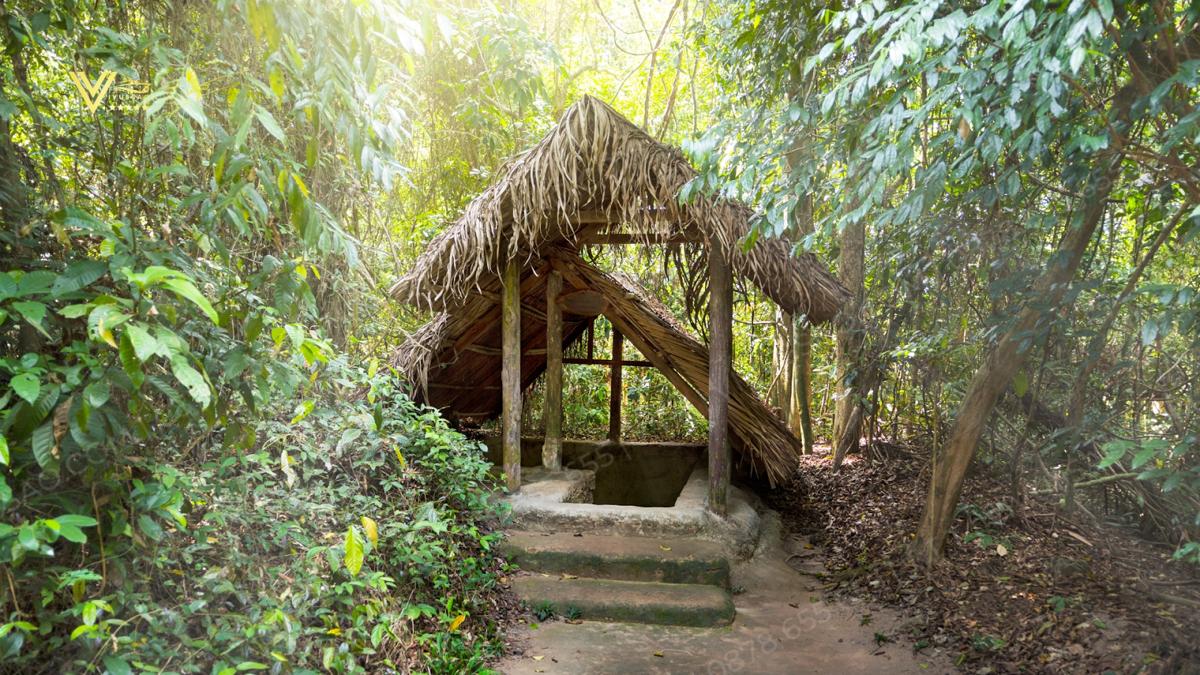
Cu Chi Tunnels is an underground defense system in An Nhon Tay commune.

The Independence Palace is a mansion in Ho Chi Minh City, which was the residence and workplace of the President of the Republic of Vietnam before the April 30, 1975 event.
Through studying artifacts and listening to the tour guide's presentation, students will better remember historical events, understand the value of peace today and foster a sense of national pride.
2.2 Practical experience at farms and craft villages
Natural spaces and manual labor activities always bring valuable practical experiences to students – especially students in the city. Programs following the model of “a day as a farmer” or “a day as an artisan” are increasingly chosen by schools in Ho Chi Minh City as an effective form of school tourism , combining learning and playing.
In Ho Chi Minh City and neighboring provinces, students can easily access many ecological - educational destinations such as:
Green Noen Educational Farm (Cu Chi) or Hoa Lua Farm (Binh Chanh) : where students can directly grow vegetables, harvest agricultural products, feed animals, learn how to make organic fertilizer...
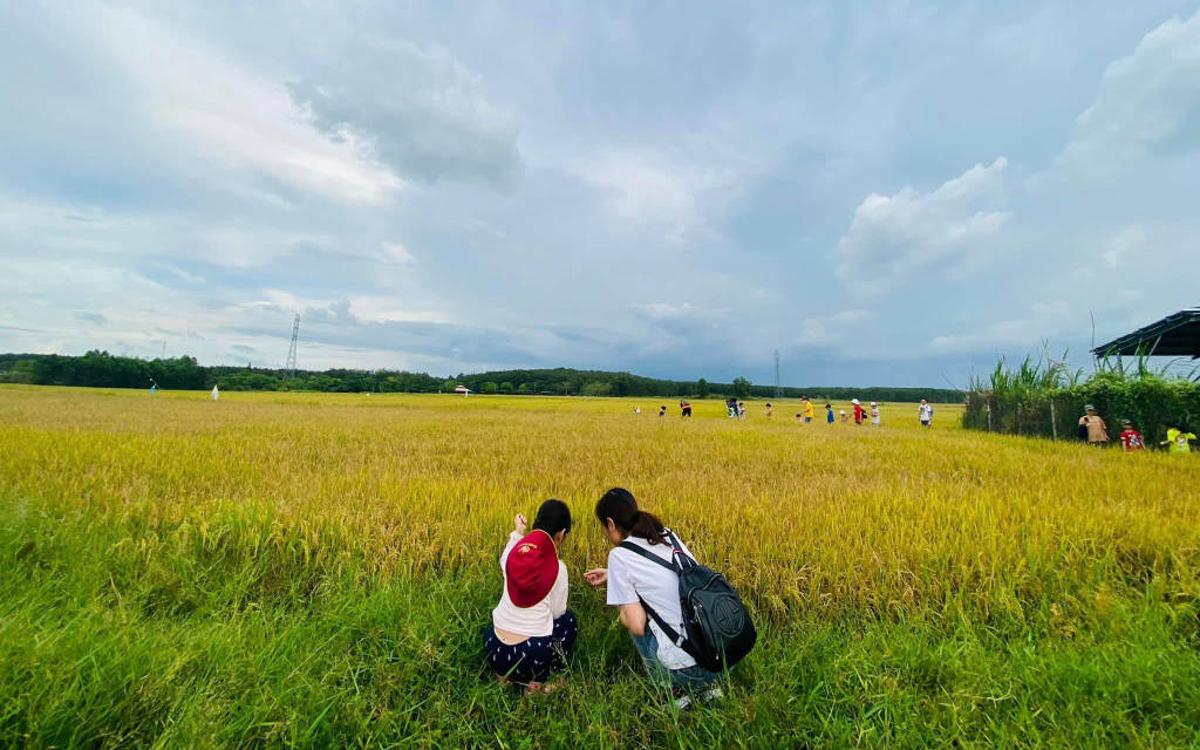
Children get to experience first-hand the daily activities of the farm.
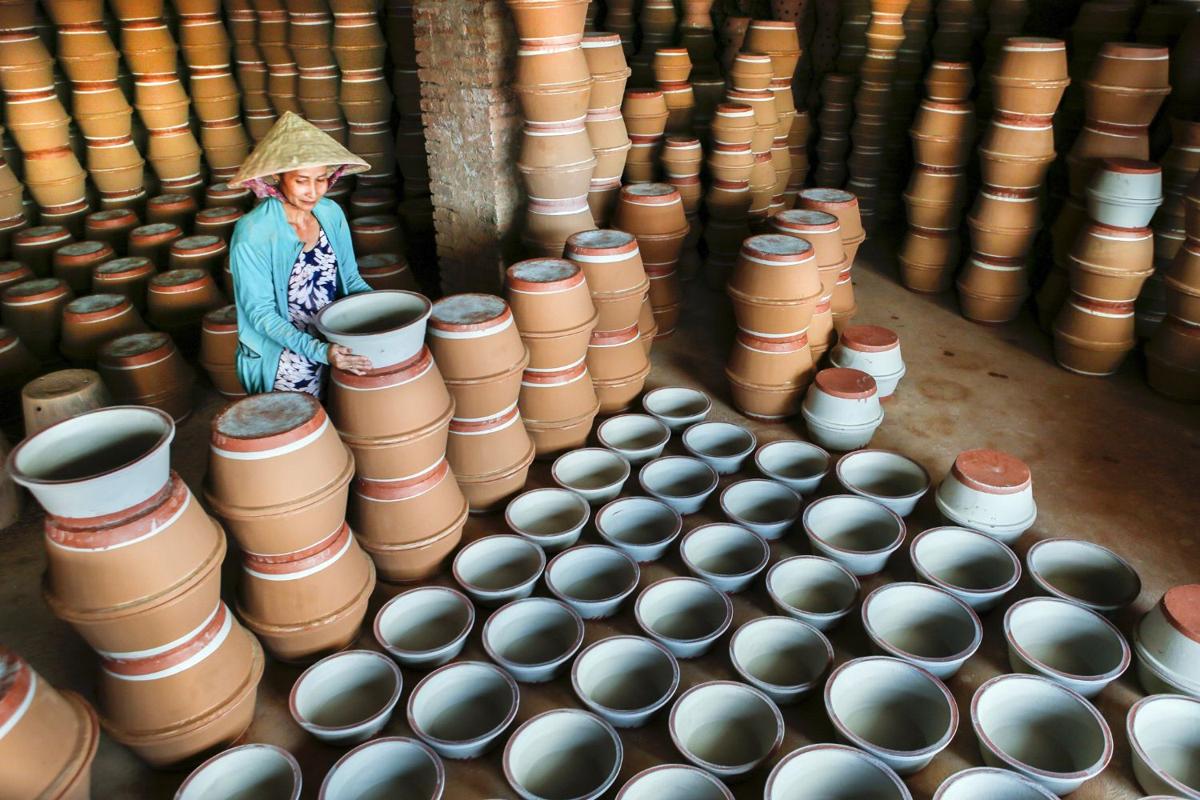
Traditional craft villages such as pottery villages are also very attractive to children.
Through these authentic experiences, students not only learn life and work skills but also practice patience, appreciate the fruits of labor, and understand more about the environment, agriculture, and indigenous culture.
For primary and secondary school students – the age group that is developing strongly in terms of emotions and intuitive thinking – this type of educational tourism is especially suitable. Playing, learning, and living green at the same time – are the plus points that make parents and schools increasingly favor this type of humane school tourism .
2.3 Science and technology tour for students
In the era of Industry 4.0, many schools in Ho Chi Minh City are proactively organizing science and technology tours combined with the STEAM (Science – Technology – Engineering – Arts – Math) education model , to help students have early access to research thinking, practical application and future career orientation.
Unlike regular tours, science-themed tours are designed vividly, integrating experiential, observational and practical activities – thereby helping students better understand the role of subjects such as Physics, Chemistry, Technology, and Information Technology in daily life.
Some typical tours are being successfully implemented in Ho Chi Minh City and surrounding areas:
Explore Thu Duc water plant, Phu My power plant or Da Phuoc waste treatment center : help students understand the operating process of essential urban systems, thereby gaining more perspectives on engineering and the environment.
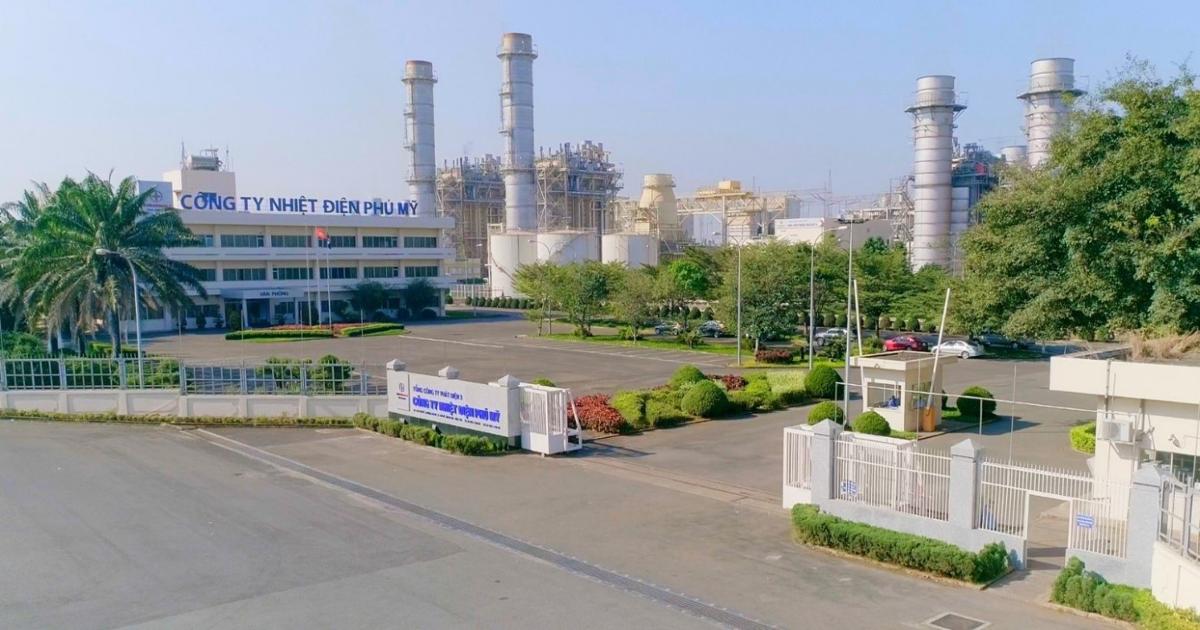
Panorama of Phu My Thermal Power Plant - one of the major energy centers in the South .
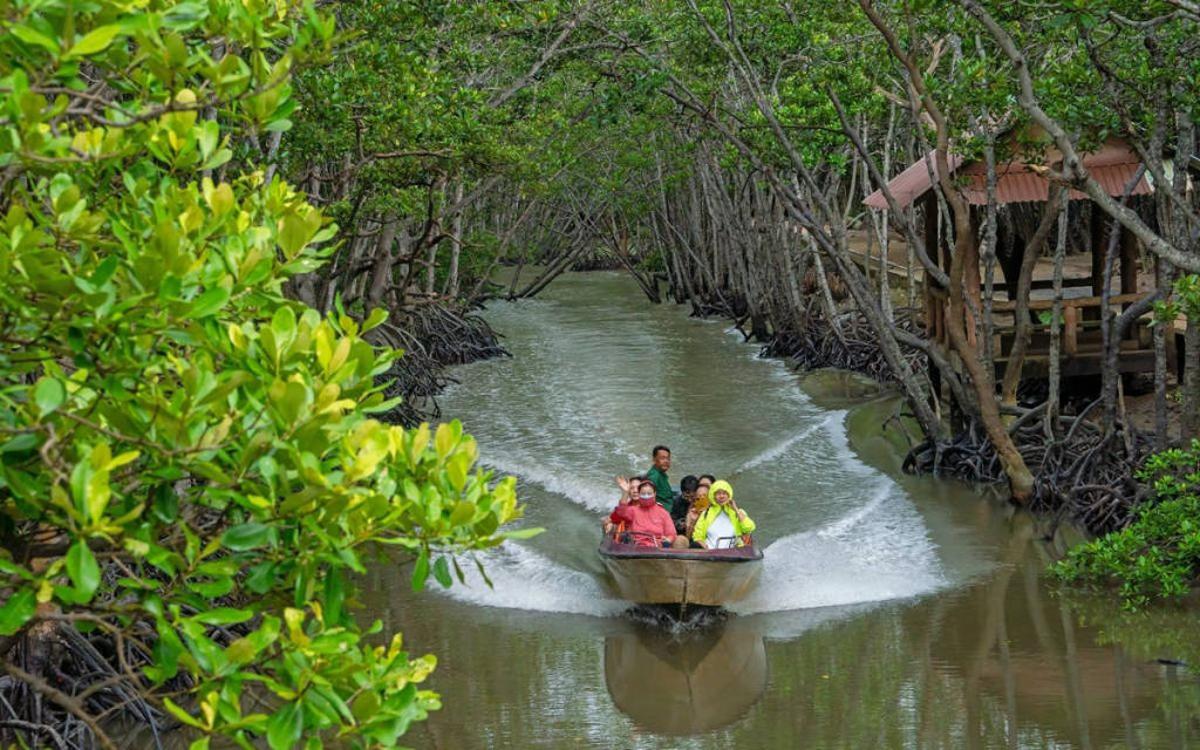
The mangrove forest tour helps students learn more about natural ecosystems.
Through multi-sensory and highly interactive activities, students are trained in observation, note-taking, data analysis and critical thinking – core skills in STEAM education.
It can be said that this is a modern form of educational tourism in Vietnam, connecting school knowledge with practice, helping students discover their own abilities, early shaping their passion and career orientation. This type of school tourism is becoming the priority choice of many pioneering schools in Ho Chi Minh City, especially for students from grade 4 and up.
3. Benefits of school trips for students
It is no coincidence that more and more schools in Vietnam are incorporating educational tourism into their annual activity plans. More than just a trip, school tourism is an effective experiential education method, contributing to shaping students’ thinking, personality and life skills – something that books and blackboards sometimes cannot fully convey.
Below are two outstanding groups of benefits that school tourism brings to students today:
3.1 Help students understand lessons through practice
When history is no longer dry text: A lesson about the resistance war against France or the US can make students bored with a series of dates, names of characters and events. But everything will change if they set foot in a historical museum, see artifacts, listen to stories from historical witnesses or experienced tour guides. The lesson is no longer theoretical - but becomes emotional, impressive and proud.
When Biology Becomes an Adventure: Instead of learning about ecosystems or the water cycle from a diagram on the board, imagine students visiting a mangrove forest, an environmental monitoring station, or a hands-on farm. There, knowledge is presented clearly and authentically – not in the form of formulas, but in the green of the leaves, the flow of the water, and the diversity of life around them. Such trips make learning less of a chore and more of an adventure in the natural world.
School trips are not just a trip. They are a way for students to “learn to understand” – to understand deeply, broadly and naturally. They are also a way for them to “learn to live” – to apply knowledge to life, to ask questions, to observe and to appreciate the values around them.
Because learning is not just about knowing. Learning is about growing – both in mind and in heart.
3.2 Developing life skills and team spirit
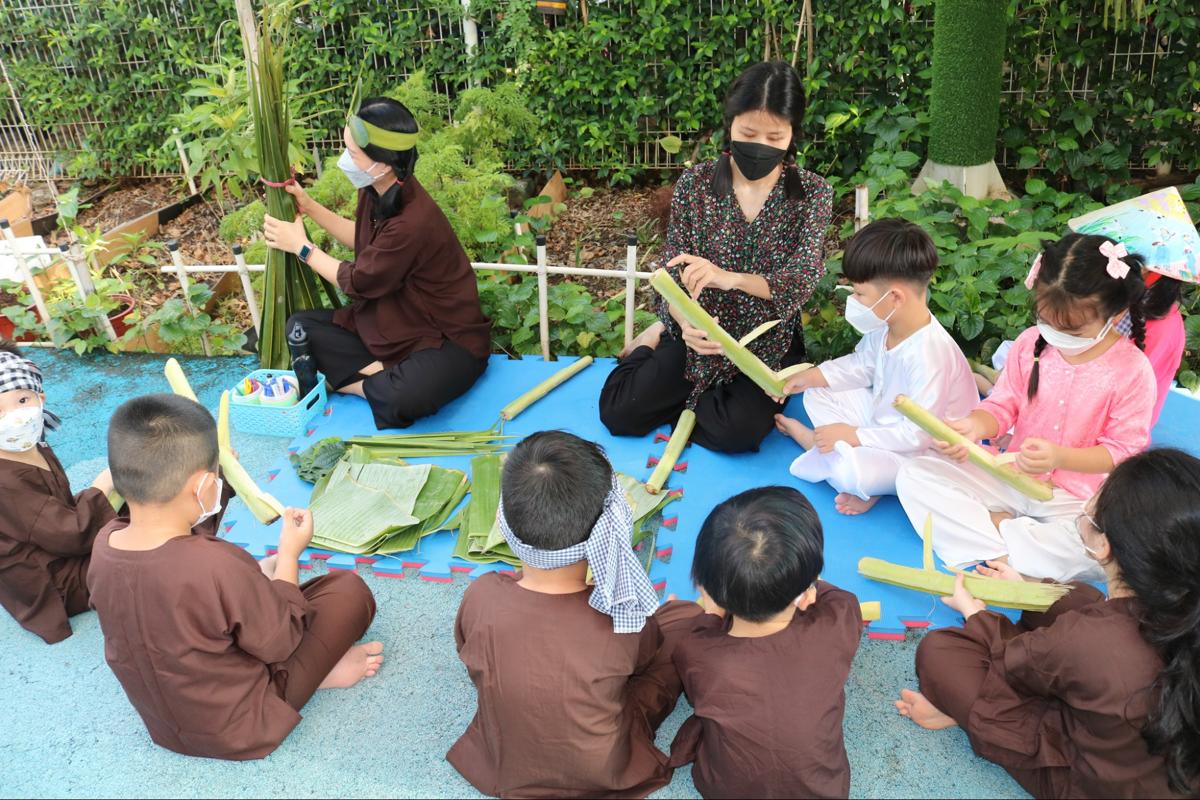
Extracurricular activities that children participate in on the tour
Not only is it a trip to supplement knowledge, school trips are also an ideal environment for students to develop life skills - an important factor that helps them grow up comprehensively. Each experience journey provides opportunities for students to learn how to communicate, cooperate, solve situations and demonstrate responsibility for themselves and the group.
During the trip, students practice teamwork skills through group games, group discussions or challenging activities. They learn to listen, share ideas and make decisions together. At the same time, students also develop independence through preparing their own luggage, managing their personal time and following group rules.
In particular, educational tourism creates conditions for students to practice critical thinking and observation – when they are asked questions, express their feelings or make suggestions for improvement based on their own experiences. These are essential skills in their studies and later life.
Many students after school trips share that they love their friends more, value the collective more and become more mature in their thinking. These lessons, although not in textbooks, are extremely valuable.
4. Organize effective school travel programs
A school trip is only truly successful when it provides knowledge, ensures safety, is suitable for the students’ age and educational goals. To do that, the school – parents – and the organizing units need to coordinate closely right from the idea stage to the actual implementation.
Here are three important factors that determine the effectiveness of an educational travel program :
4.1 Building content associated with educational programs
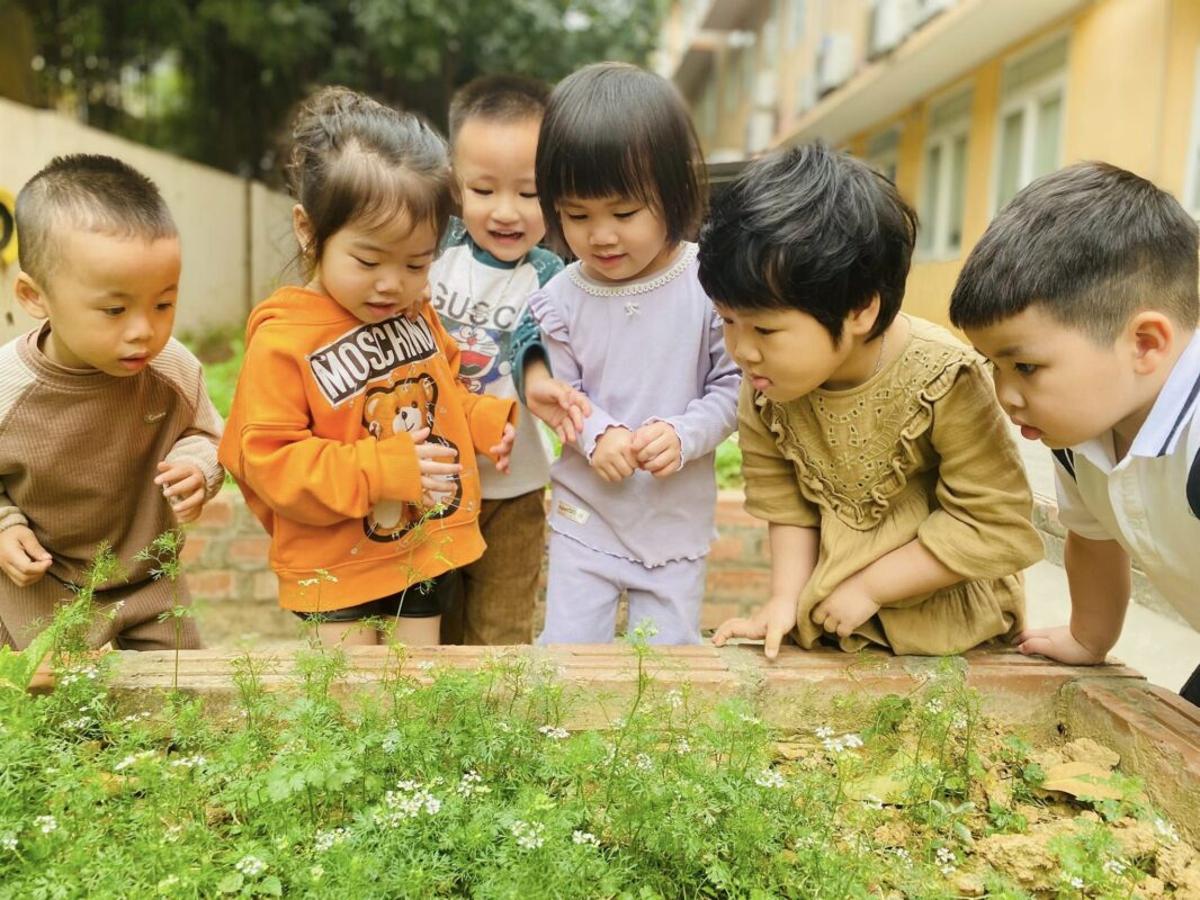
Children learn how to grow plants from tiny sprouts.
The core element that makes the value of school tourism is not in the “going out” but in the educational orientation. Therefore, for a school tourism program to be truly effective, all activities – from the destination to the experience content – need to be designed based on the students’ curriculum.
The connection between classroom content and practical experience not only helps students consolidate knowledge in a vivid way but also creates a connection between lessons and life, thereby arousing interest in learning and critical thinking.
Some specific examples:
Grade 4 learns about plants in Science – can organize a visit to a nursery , a clean vegetable farm , let students plant by themselves, observe the growth process and understand the life cycle of green plants.
Grade 9 learns about industry in Geography – students can visit food, electronics, and textile factories to learn about supply chains, technological processes, and job skills.
Grade 12 students studying modern Vietnamese history can visit the War Remnants Museum , Cu Chi Tunnels , or interact with historical witnesses , helping them gain a deeper understanding of the struggles for national independence.
The skillful integration of book knowledge and practical experience is the "key" to improving the quality of educational tourism Vietnam . Not only does it broaden knowledge, the program also helps students feel that learning is meaningful, applicable, and linked to life values.
4.2 Choose a destination suitable for each age group
Not all destinations are suitable for all ages. A good school trip program needs to clearly divide students by level (primary – secondary – high school) to choose the appropriate type, location and form of organization.
Primary school level: prioritize nearby, safe, and exploratory destinations such as farms, eco-gardens, children's museums, creative centers, etc.
Secondary school level: can be expanded to longer trips, to historical sites, craft villages, technology parks, tourist areas combined with learning life skills...
High school level: should focus on career-oriented thematic tours, connecting with businesses, universities, research institutes, etc.
In addition, safety, medical care, transportation, teacher-student ratio, and coordination between home and school also need to be carefully considered for the trip to go smoothly.
 Register
RegisterSign in Travel Agent
Sign in Supplier
Sign in Affiliate
Sign in Guru

